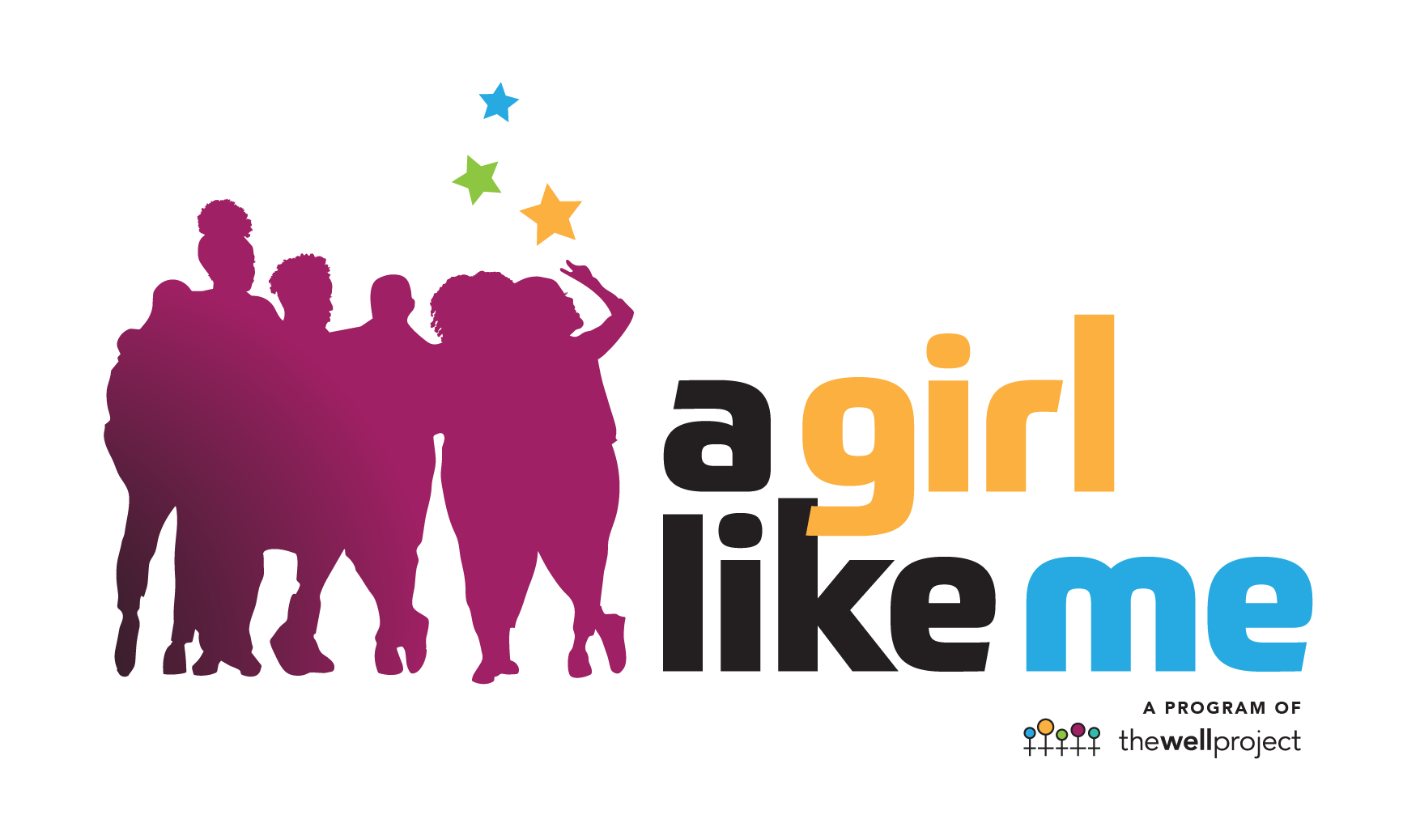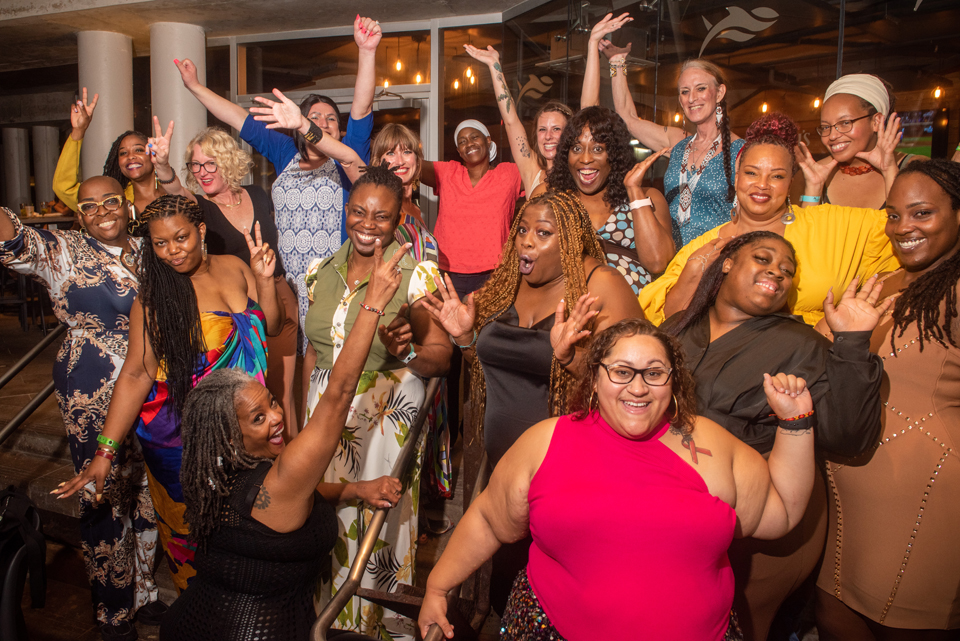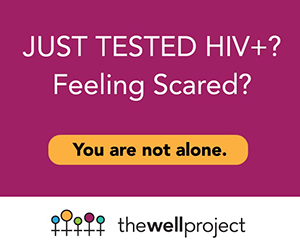Those of us living with or affected by HIV have a common goal in mind, to eradicate transmission of HIV. So, why are HIV transmission rates on a steady rise with each passing year?
There is a key marginalized population often forgotten in the discussion of public health and HIV. A 2009 report from the National Institutes of Health found that "nearly a third of transgender Americans are HIV-positive. The study also indicated that many transgender women may not know their HIV status, due to a series of cultural, social, and economic barriers." According to The Well Project,
From 2007 to 2011, 99 percent of new HIV diagnoses in the transgender community occurred among transgender women. Of these newly-diagnosed transwomen, 90 percent were African-American or Latina, and over half were in their twenties.
The trans* community is a key demographic in the fight to end new HIV transmissions, yet there are several barriers that prevent trans* people from being tested for HIV and keep us from accessing medical care.
The foremost barrier to testing is that with a positive diagnosis comes the very real possibility of being criminalized for being a person living with HIV. When I learned that I was positive, I sought any available resources that could improve my condition. I contacted the agency in charge of the Ryan White program in Little Rock, AR and before I could receive any services, I had to sign a document stating I was aware that failure to disclose my status to a sexual partner was a felony and failure to disclose to a medical provider was a misdemeanor.
On top of that, when we try to access care we are often mocked and made to feel unsafe in clinics and doctors’ offices by staff and other clients. The results of the 2016 Positively Trans Needs Assessment indicate that 31% of respondents "had been denied health care because they were transgender or gender non-conforming." That feeling of being leered at while receiving services will definitely make me get up and walk right out of that office. I am a human being and I deserve respect. Before I allow anyone to do anything for me, they must first acknowledge that fact and respect my gender identity. I will not be made to feel less than anyone simply because I am transgender.
We also know that the trans* experience is erased in the data on HIV. We who identify as trans* women are categorized as men who have sex with men (MSM) by agencies that offer HIV prevention, treatment, and education services. It is a demeaning practice and a complete erasure of the trans* identity and lived experience. There is also the possibility that a trans* person’s identification documents do not match their preferred name or gender resulting in the misclassification of their gender. Because of these practices, some of us do not make it past the waiting room to be seen by a doctor.
These challenges are just a glimpse of the inconceivable structural, systemic, and intimate partner violence faced by the trans* community, especially trans* women. At almost every turn in our daily lives we face constant harassment. We have to fight so hard to have our basic needs met, such as housing, employment, and trans*-inclusive health care.
People often ask me what can they do to help, and my response is always the same: First, there is an entire community of people who are too frequently not at the table, so in our absence, be our voice and advocate. Even better, no one can educate you on my lived experience but me. Help get us a seat at the table – and when we’re there, don’t stifle our voices even when what we say is difficult to hear. Second, walk the talk and prove to us that you are a trans* inclusive, safe space. It is important for you to do outreach to the trans* community to build relationships with us. One way is to create more trans*-inclusive marketing and educational materials. An example of this is the CDC's #DoingIt campaign. Waiting for us to come to you when we don’t feel safe in your offices leaves us at a stalemate.
With all of this in mind, the reason why HIV transmission rates are rising among the trans* community is obvious. It’s time for change.
Resources
http://www.hivplusmag.com/case-studies/2013/04/08/invisible-women-why-transgender-women-are-hit-so-hard-hiv
http://thewellproject.org/hiv-information/transwomen-living-hiv
http://transgenderlawcenter.org/programs/positively-trans/research






















